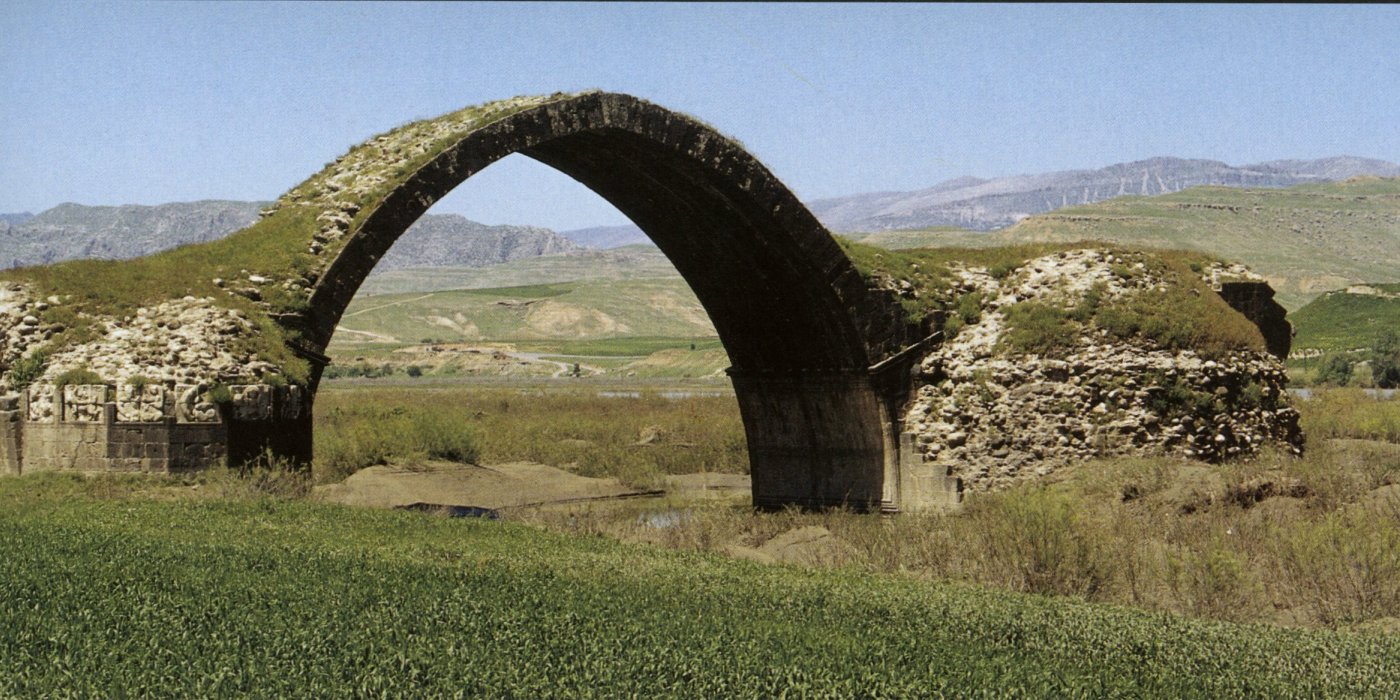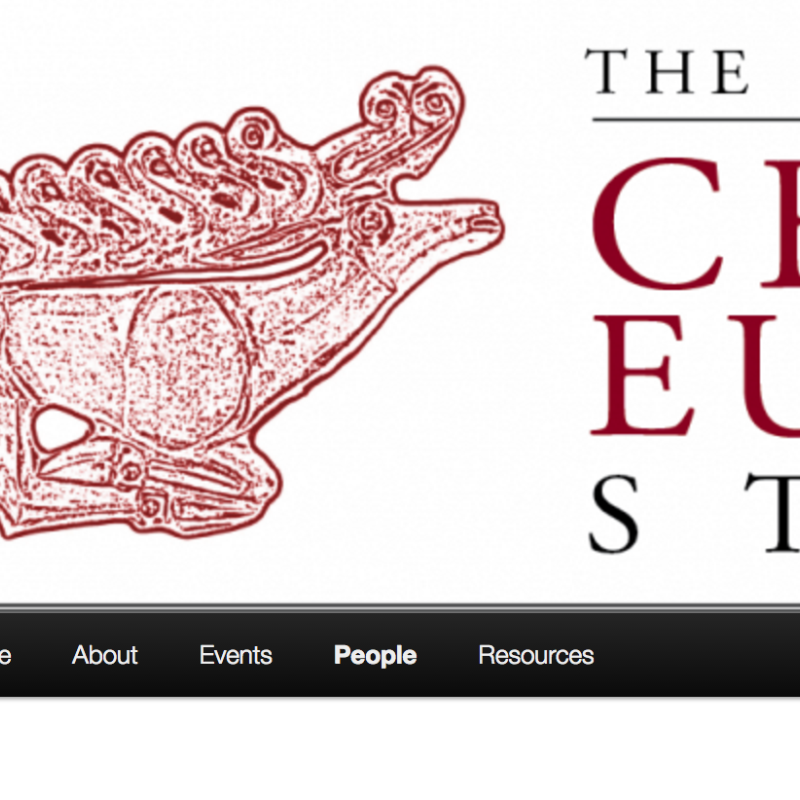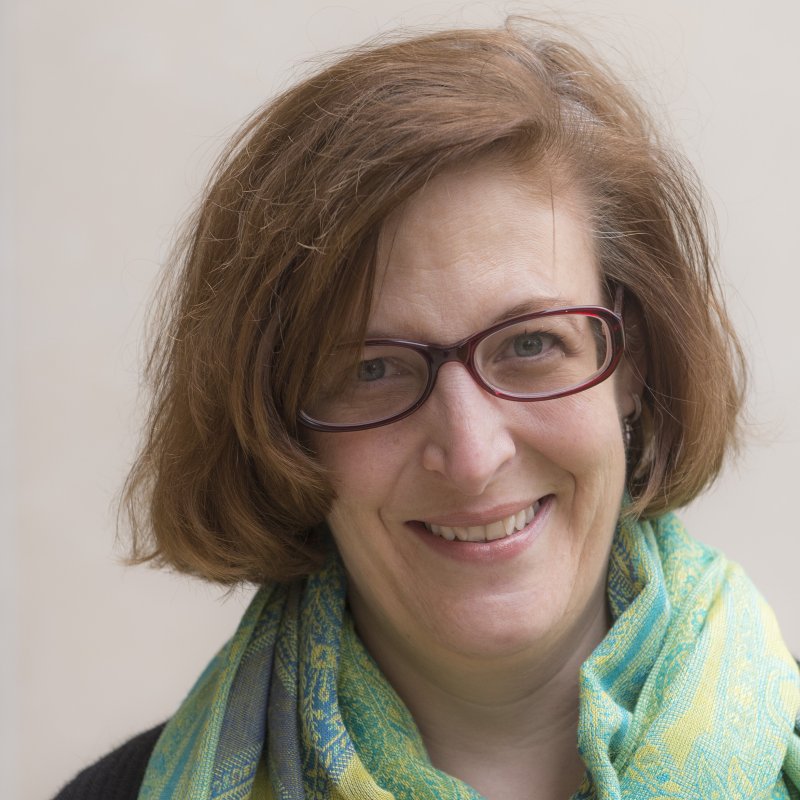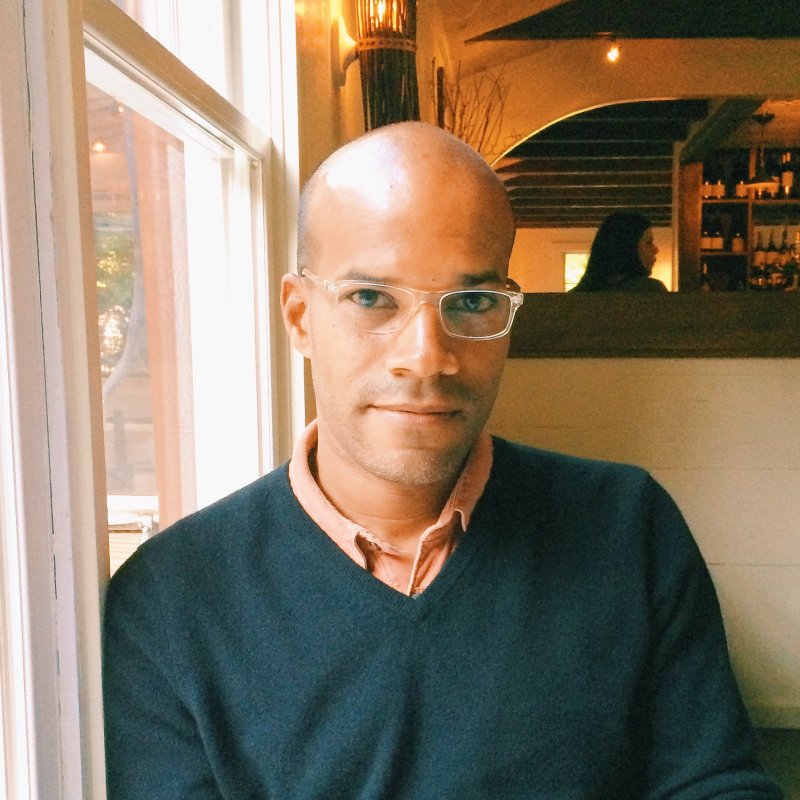Biography
Persis Berlekamp teaches courses in Islamic art and architecture. Most of her research focuses on the roles the visual arts played within the major cultural and intellectual debates of the late medieval Islamic world (13th-15th centuries). As in our own time, this period saw large scale population movements, complicated cultural encounters, and intense contestation of heritage questions. And as in our own time, the arts necessarily engaged with all of the above. Yet, the range of ways this happened in an era before the Enlightenment, the rise of nation states, and the Industrial Revolution, was often quite different from what we see today. Understanding how late medieval Islamic art engaged with the debates that mattered in the world in which it was made lets us to see the art itself differently, while also highlighting some of the historically specific aspects of our own assumptions and experience.
Berlekamp is the author of Wonder, Image, and Cosmos in Medieval Islam (Yale University Press, 2011), an analysis of illustrated Arabic and Persian wonders-of-creation manuscripts produced in the wake of the Mongol Conquests of Iran and Iraq. This was a Choice Outstanding Academic 2012 Title for Art and Architecture and was reviewed in The Art Newspaper, The Bulletin of the School of Oriental and African Studies, West 86th, The Journal of Islamic Studies, and Osmanlı Araştırmaları.
Berlekamp’s current book project, Petrified Powers: Medieval Islamic Talismans analyzes medieval Islamic "talismans," an English word deriving in part from the Arabic "tilasm" and its Persian and Turkish cognates. Along with ancient Greek and Byzantine talismans, medieval Islamic talismans are historically foundational to modern understandings of the "talisman," and yet, they are not at all limited to the popular or folkloric amulets that modern audiences often expect. Focusing this time on the period before the Mongol Conquest, this book will analyze a wide variety of objects, sculptures, and architectural reliefs, in keeping with ways the term "tilasm" and its cognates are used in medieval Islamic sources. While a core density of the visual sources come from eastern Anatolia, northern Syria, and northern Iraq, others come from elsewhere in the Middle East, or from northeast Iran and Central Asia. Almost all of them bring to the fore medieval Islamic culture’s conflicted engagement with its rich inheritance of astrological, medicinal, scribal, and other traditions from Byzantium to India.
Another enduring research focus is a particularly challenging illustrated Persian manuscript on Chinese medicine made for the vizier, historian, doctor, and patron Rashid al-Din (d. 1318). Although little known, it is the indispensable, corrective counterexample to Rashid al-Din’s famous illustrated history project. It reshapes what we understand about institutional paradigms for the production of art and knowledge that emerged in early fourteenth-century Iran, and that are considered paradigmatic for the court workshops of the late medieval and early modern Islamic world.
Berlekamp is an active member of the Center for Middle Eastern Studies Executive Committee and is Affiliated Faculty in Near Eastern Languages and Civilizations.




















